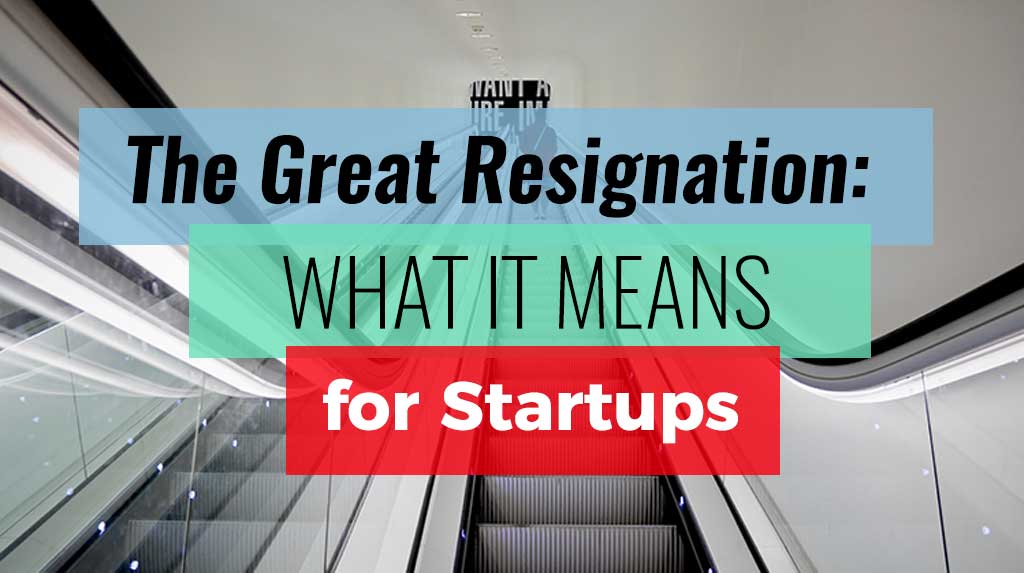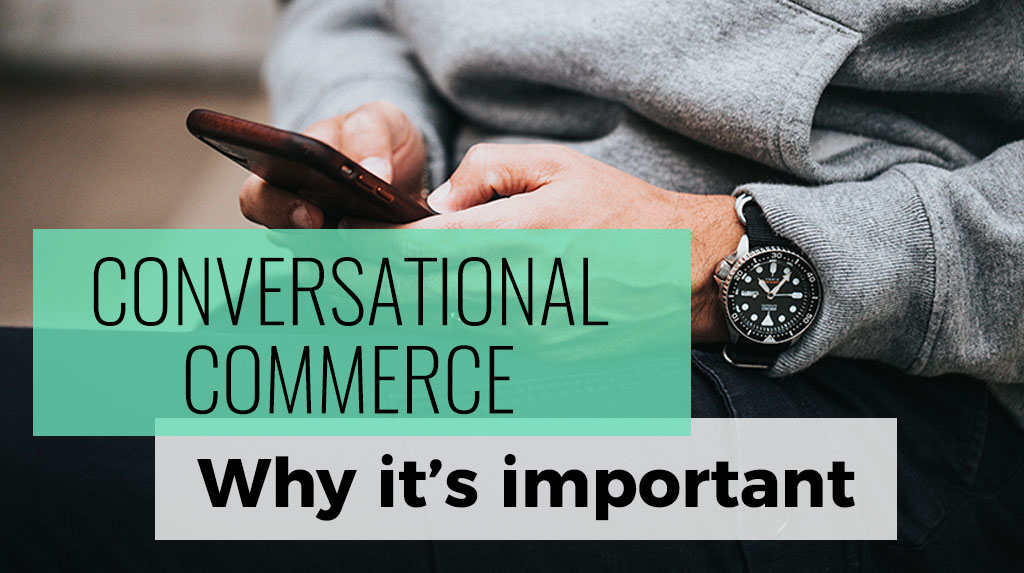8 steps to creating a killer pitch deck
So, you’re finally ready to show the world what you’ve come up with. And ask someone for money to make it happen. Say hello to your new best friend: The Pitch Deck.
Creating your pitch deck might seem overwhelming at first.
We’ve created 100’s of pitch decks, so we know that feeling well.
What should you say? What should you emphasize? How do you ask for money without sounding cheesy? Our overall advice goes like this: It’s already in your head (you invented your own idea, remember?) — you know it inside and out – so just talk about it the same way as if you had to summarize your summer vacation in 5 minutes. Only discuss the highlights, just the good stuff, and especially the things that you think they will be interested to hear.
With the right presentation deck, you can pique potential investors’ attention for long enough to explain what your product does and why it’s a good investment for them.
Too many startups make a number of avoidable mistakes.
Below are our 8 Steps To Creating A Killer Pitch Deck so that you won’t make any of those newbie no-no’s.

Step 1: Know Your Audience
Understanding who you are pitching to is absolutely key in creating a killer pitch deck. For example, going back to our summer vacation analogy, when you are describing your vacation to your best friend, the story you tell will probably be slightly different than the one you will tell to your grandparents, right? At least, let’s hope so 😉
The same applies to a pitch deck. The audience will be the filter of what you present in your deck. Know your audience, and you are off to a winning start.
Who are you going to approach as an investor? Is it a bank? An independently wealthy relative? A group of international investors? It might even be that you will want to approach a few different types of investors, depending on your idea and marketability.
Take the time to jot down:
1. The basic demographics of your target investor (gender, age, income, location)
2. The 3 most important things to them
3. Whether or not they could be a potential customer for your new business
All of these things will influence what you include in your deck in terms of messaging, research and data.
Step 2: Check Out Other Pitch Decks
There is a wealth of amazing pitch decks you can take a look at for some serious inspiration. Here are some of our all time favorites:
Step 3: Create the Content
The main purpose of the pitch deck is to establish a Problem-And-Solution equation. Your new business idea is so awesome because you have identified a real-life problem in the market, and you have brilliantly come up with a solution for it that you think people will care about.
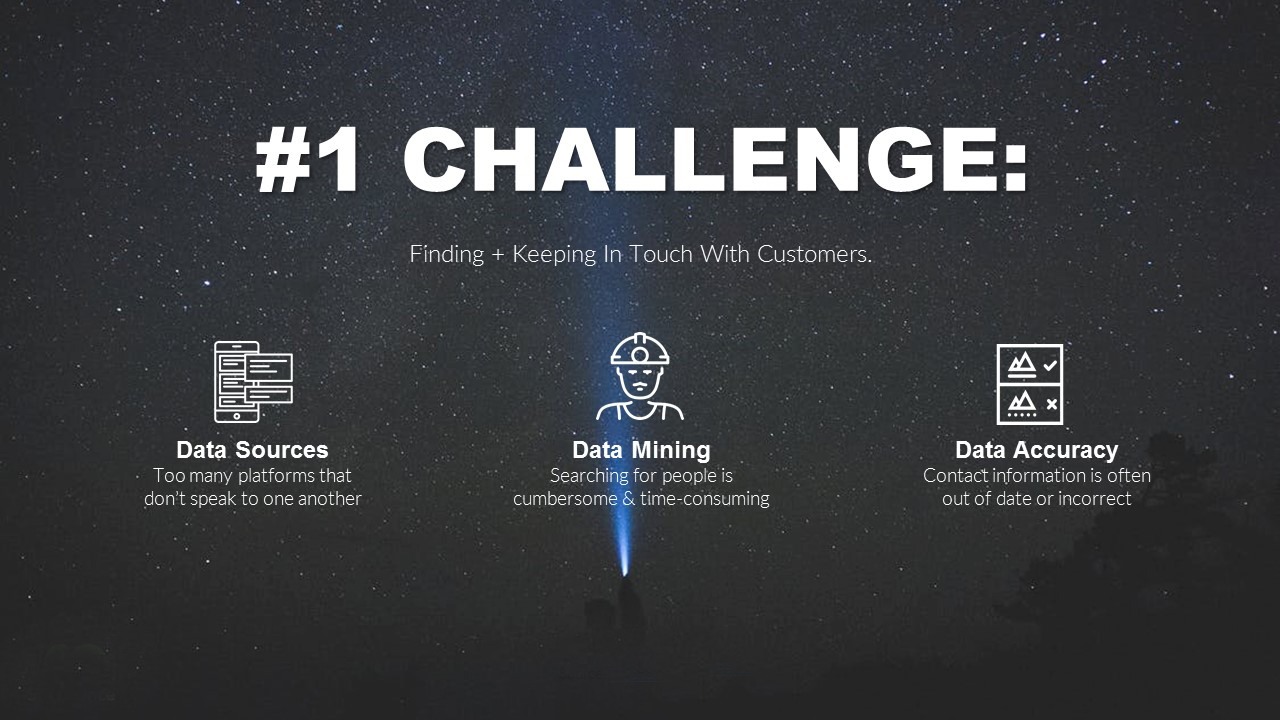
This message needs to be loud and clear on every single slide of your deck.
Keep it short and simple. Investors don’t often have a long attention span, so you will have to really nail it in the first few slides.
You want your investor pitch deck to be no more than 15 slides and to cover the following topics, roughly in the following order:
1. Company Overview: Explain in 1 or 2 paragraphs the main services and/or products that your company offers in a particular industry. At a high level, it should explain 1) what you will or currently do; 2) the industry in which you operate; 3) you main customer.
2. Mission & Vision: A mission statement outlines a clear objective or goal that is not necessarily directly related to the product or service you are offering. It speaks to loftier ambitions such as making the world a better place, reducing noise pollution, or helping mothers cope with family calendar management. The vision, however, is the “blue sky” or desired end result.
3. The Team: Investors do not just invest in ideas — they invest in you. This is the time to talk about your background, your team (if applicable), or the network of people you plan on enlisting to drive your mission.
4. The Problem: Clearly state what the problem is that you plan on fixing.
5. The Solution: Clearly state the solution you have for the problem at hand.
6. The Market Opportunity: Do your homework and research facts and figures about the marketplace. How many people are interesting in solving the problem? And how many people will care about this problem in the future?
7. The Product: This is where you tell them about “the stuff.” This is the core of what you are offering, and it needs to sizzle.
8. The Customer: Make sure you show off how much you know about your target customer. And don’t worry if there is more than one (there usually is). It will show that you’ve thought it through and are equipped to look at things from different angles.
9. The Technology: This doesn’t just apply to new app companies. Even if you are opening a new farm, you will be employing some technology of some kind. Talk about key intellectual property rights the company has such as patents, patents pending, copyrights, trademarks, and domain names.
10. The Competition: How many companies are already addressing the problem you’ve identified? Give your analysis of who is and who is not doing a good job.
11. Traction & Accomplishments: Depending on where you are at with your business’ development, you may want to include a slide about the accomplishments you have made to date. This can include sales, traffic to the company’s website, app downloads, growth metrics, press accolades, and partnerships.
12. Business Model: How do you plan on making money? What is your pricing strategy? What is the long-term value of a customer?
13. The Marketing Plan: Possibly one of the most over-looked slides, yet so vital to the overall success of your pitch. The marketing plan slide should talk to high level activities you plan on engaging in such as social media, press, email marketing, and print. Basically any and all touch points you plan on having with the end customer.
14. Financials: Investors will want to understand the company’s current financial situation and proposed future “burn” rate (cash loss while the company is developing and marketing its product). Ideally you will show a 3-5 year plan outlining at a minimum gross sales, expenses, and profit/loss (or EBITDA).
15. The Ask: Finally, after proving your case for the last 14 slides, now you can ask for the amount of financing you need, as well as any other assistance whether it be intellectual, consulting, or in kind.
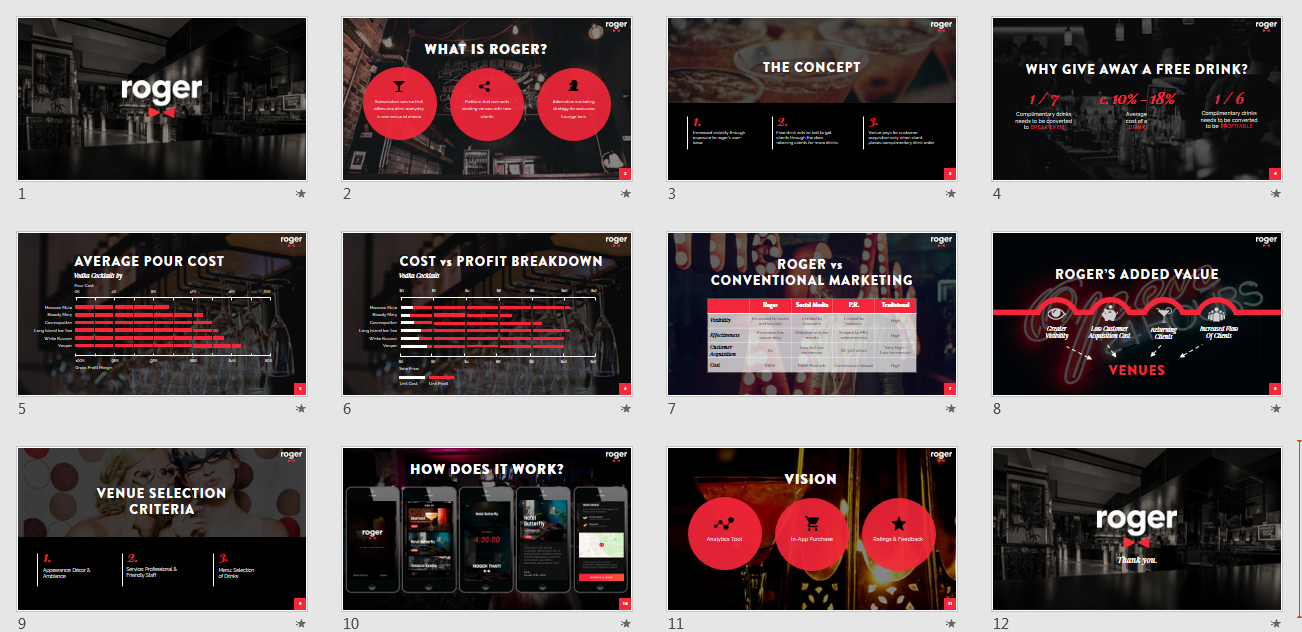
Step 4: Design Your Pitch Deck
You’ve already spent a lot of time on developing your idea, the business model, the marketing and financial plans, and your company’s branding. Well, your pitch deck needs to reflect all of this work, as well as represent your brand and company personality.
The most popular programs are Microsoft Power Point, Prezi, Keynote for Apple, and Google Slides with Power Point hogging a whopping 95% of the market share. Each program has their advantages and disadvantages, however all employ a basic drag and drop functionality where you are basically layering text over images.
Some of them are collaborative (Google Slides) which is great if you are preparing the presentation with a partner or team. Others have beautiful templates (Keynote). While some have more creative ways to display the content with fun animation and interactive slides (Prezi).
Ultimately, the presentation will need to have a coherent design that visually tells your story. It will be a bunch of slides that need to look good.
If you don’t think you’ve got the design chops, then hire a graphic designer. Plenty of options abound on online platforms, the best ones being Fiverr, People Per Hour, and UpWork.
Or, you can come to yours truly and discover one of our killer Blacksoc packages.
The design of your pitch deck absolutely needs to be:
1. Consistent: Use your branding colors, fonts and company logo on each slide
2. Clear: Keep the content minimal, with each slide communicating 1 clear point
3. Impactful: Use high quality images and graphics to illustrate your idea
4. Easy Layout: A fuss-free slide layout is the best way to communicate your passion and ideas
Here is one of our most popular presentation templates that we use over and over again.
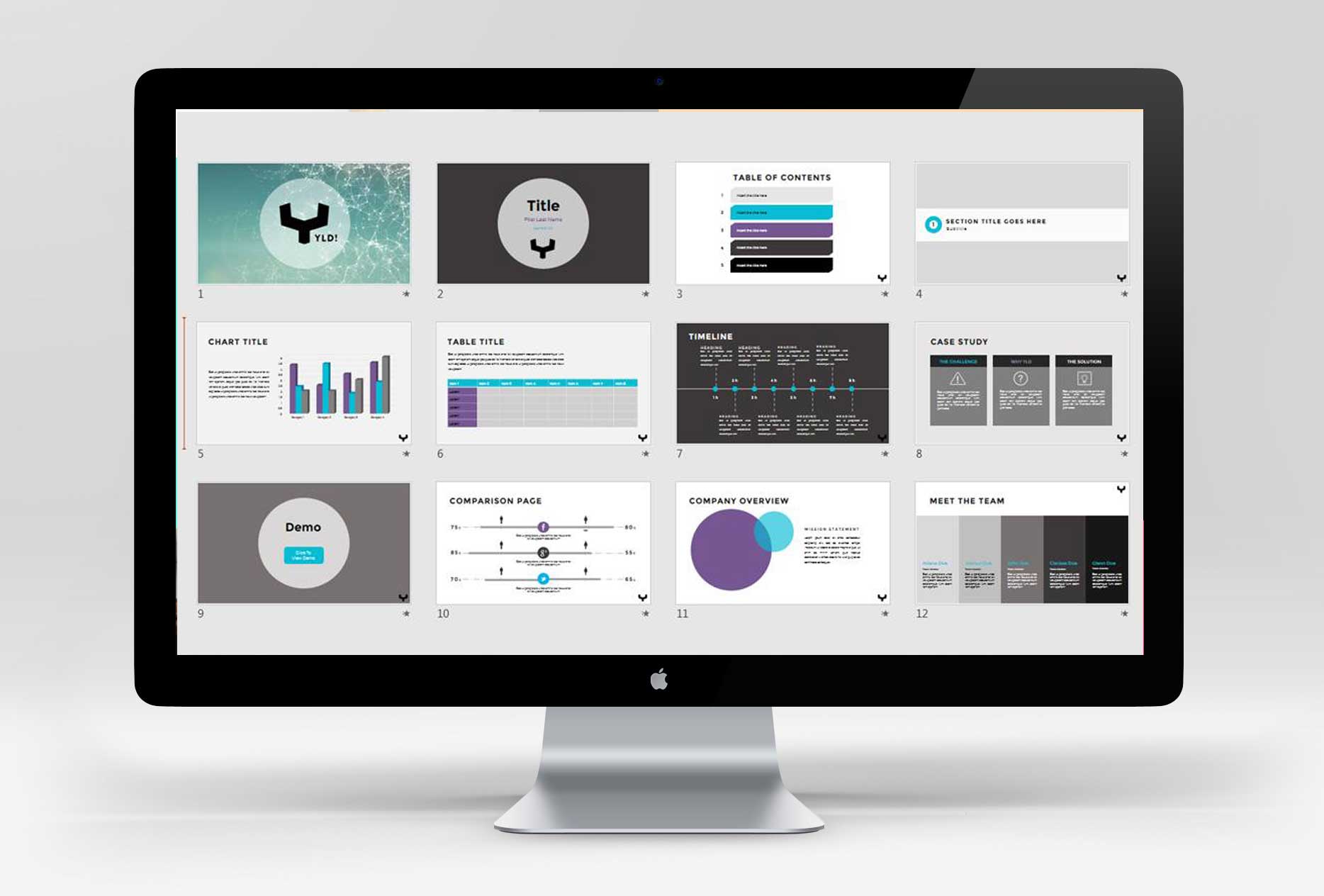
Step 5: Send It To Trusted Friends & Family
It’s always a good idea to get a second opinion. And a third. And a fourth… You get where we are going with this. But try to limit it to no more than ten. You want qualitative information, not quantitative.
Ideally you will send it to people who are familiar with your business idea, as well as to people with whom you have never discussed it. This way you will get a real-life and balanced impression of how potential investors will likely respond to the deck – sometimes they will be people with whom you have discussed the idea previously, or sometimes they will be people whom you have never met.
Danger: Do not try to please everyone. First of all, you can’t. It’s just not possible. But second, and most importantly, only you will truly know what it is you want to accomplish, and only you can give birth to your new idea in a way that is consistent with your goals and beliefs. Remember, this is your baby, not theirs.
Tip: You may want to create a couple of different versions, depending on whether or not you are addressing different investor types, or depending on the feedback you receive from your trusted peeps.
Step 6: Check List
There are a bunch of small but important things to remember when finalizing your pitch deck.
Pitch Deck Do’s
- Do include a confidentiality disclaimer at the bottom of the cover page: “Confidential and Proprietary. Copyright (c) by [Name of Company]. All Rights Reserved.”
- Do send the pitch deck in a PDF format. Don’t force the potential investor to access it from Google Docs, Dropbox, or some other file sharing service. It only gives them an excuse not to open and read it.
- Do plan to have a product demo as part of the follow up in-person presentation.
- Do have a soundbite for investors so that investors can easily remember you. The best way to do this is to include a slogan on the cover page.
Pitch Deck Don’ts
- Don’t provide overly detailed financials. Keep it high-level and also try to provide a minimum of a 3 year forecast. Give them a reason to schedule a follow up call or meeting.
- Don’t cover everything in your deck. Give them just enough information to get them interested, and yet make them curious for more so that they schedule a follow up meeting.
- Don’t use a lot of jargon or acronyms. Make sure you are being clear and transparent.
- Don’t look out of date. If you are including a date on the cover, make sure it’s current (or just avoid putting one altogether). And make sure that any outside sources quoted in your deck are recent as well.

Step 7: Create Your Pitch Email
Yes, that’s right. You have to pitch the pitch. After all, you are asking them to take time out of their day to focus on you. So you need to get them excited to do it.
We’ve boiled it down to a very simple formula:
1. Address them by name. Whether you keep it casual (first name) or formal (last name) will be up to you and the kind of vibe you want to give.
“Hi (name),”
2. Lead in with a sentence asking about them.
“I hope you’re having a great week!”
3. Include a one-sentence about you.
“I am an expert of (xx) years in (field) with an amazing idea I’d like to share with you.”
4. Next, dive a little bit deeper into what your idea is about. This should be a short paragraph of no more than 3 sentences. Pull some nuggets of content from your mission and vision statements.
“We noticed a certain problem in the marketplace and have come up with the perfect solution. Our mission is to accomplish this goal, while executing it with this vision. Insert slogan here.”
5. Call To Action: this is where you ask them to read your pitch deck. If possible, drop in some success metrics or client names.
“Please take a look at the attached presentation which explains the project in greater detail, and how we’ve already started working with top-name brands such as x, y and z.”
6. Conclude with your assertion that you would like to follow up with a call to discuss further.
“I’d love to chat further when you get a moment.”
7. Sign off with a link to your website and/or your social media handles.
Step 8: Tweak & Tune
Getting feedback from potential investors on your pitch deck will be the most valuable step in the entire experience. Some of it may be hard to hear, but it will ultimately help you evolve your business idea and move towards a path of finding the right investor to bring your idea to life.
Be humble. Be open. And above all else, be positive.
need a pitch deck ?
you may also like
proudly servicing
AUSTRALIA | BRAZIL | CANADA | FRANCE | GERMANY | ITALY | INDIA | JAPAN | MEXICO | NETHERLANDS | NORTH AFRICA | PORTUGAL | SPAIN | SOUTH EAST ASIA | SWEDEN | SWITZERLAND | TURKEY | UNITED KINGDOM | UNITED STATES
© 2025 BLACKSOC. ALL RIGHTS RESERVED.





